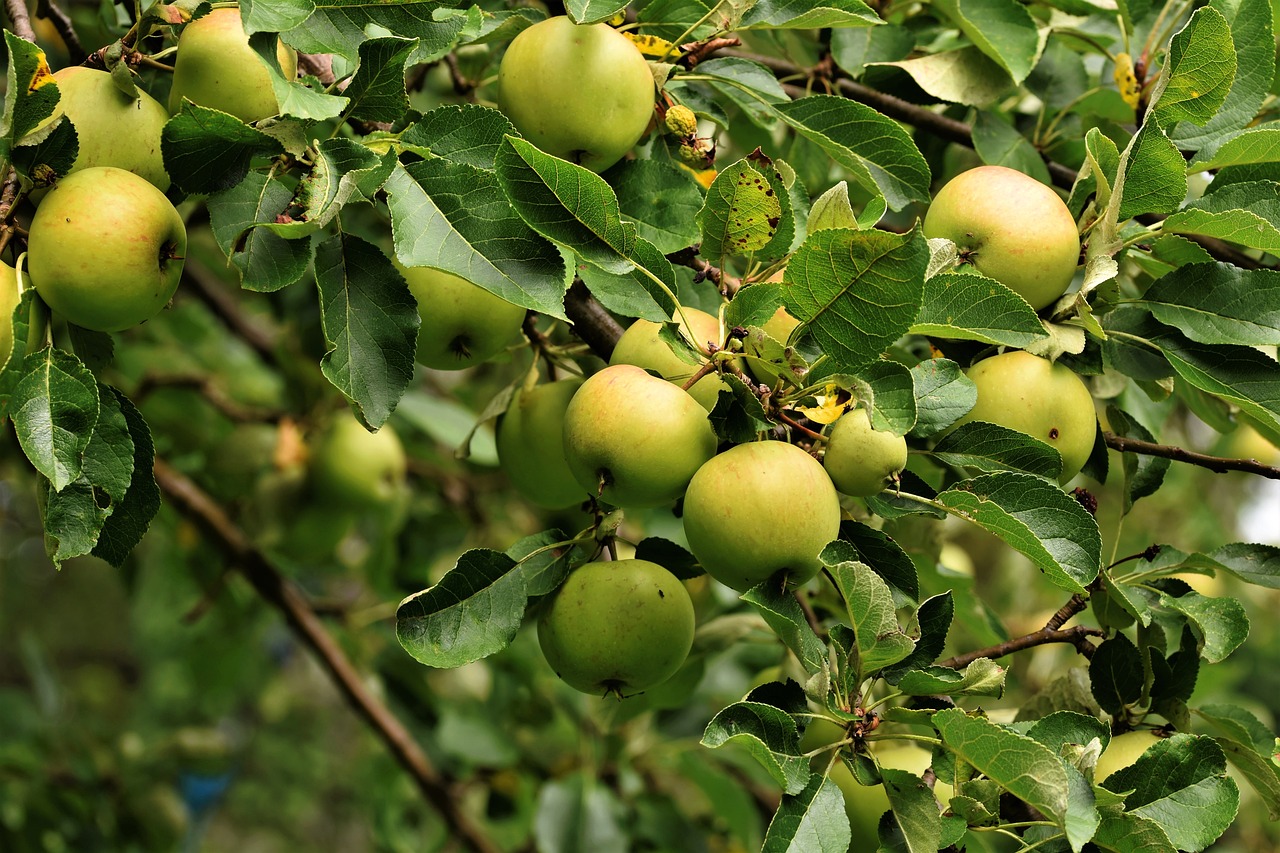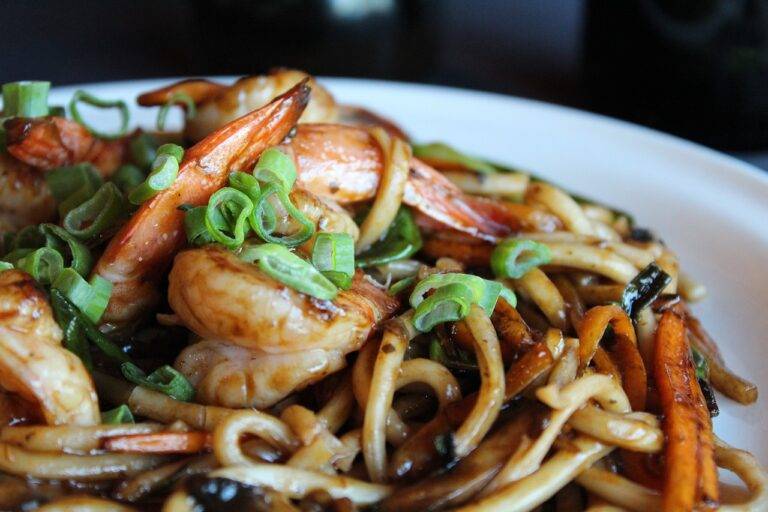The Art of Food Fusion: Blending Culinary Traditions for Bold New Flavors.
Successful food fusion is an art that requires a delicate balance of flavors, textures, and aromas. Each ingredient plays a crucial role in creating a harmonious blend of different culinary traditions. To achieve this, chefs must carefully select their ingredients and understand how they interact with one another.
One key ingredient for successful food fusion is creativity. Chefs need to think outside the box and experiment with unexpected combinations to push the boundaries of traditional cooking. By combining flavors from different cultures, they can create unique and exciting dishes that appeal to a diverse range of palates.
Exploring the History of Culinary Traditions
Culinary traditions have been woven into the fabric of human societies since ancient times – a rich tapestry of flavors, techniques, and ingredients passed down through generations. From the spice-laden dishes of India to the hearty stews of Ireland, each culture’s cuisine reflects its unique history, geography, and values.
The roots of culinary traditions often stem from necessity, with early societies creating dishes based on local resources and innovative cooking methods. Over time, these practical techniques evolved into art forms, with chefs and home cooks alike honing their skills to create delicious and culturally significant meals.
What are some key ingredients for successful food fusion?
Some key ingredients for successful food fusion include a deep understanding of the flavor profiles and cooking techniques of different cuisines, creativity in combining ingredients and techniques, and a willingness to experiment and take risks.
How can exploring the history of culinary traditions enhance our understanding of food?
Exploring the history of culinary traditions can help us understand the cultural significance of certain foods, ingredients, and techniques, as well as the ways in which different cuisines have influenced each other over time.
Why is it important to preserve and celebrate culinary traditions?
Preserving and celebrating culinary traditions is important because it helps to keep cultural heritage alive, fosters a sense of community and connection with our past, and allows us to appreciate the diversity and richness of global cuisine.
How can we incorporate elements of different culinary traditions into our own cooking?
We can incorporate elements of different culinary traditions into our own cooking by experimenting with new ingredients and techniques, learning from different cultural traditions through cooking classes or travel, and being open to trying new flavors and dishes.





